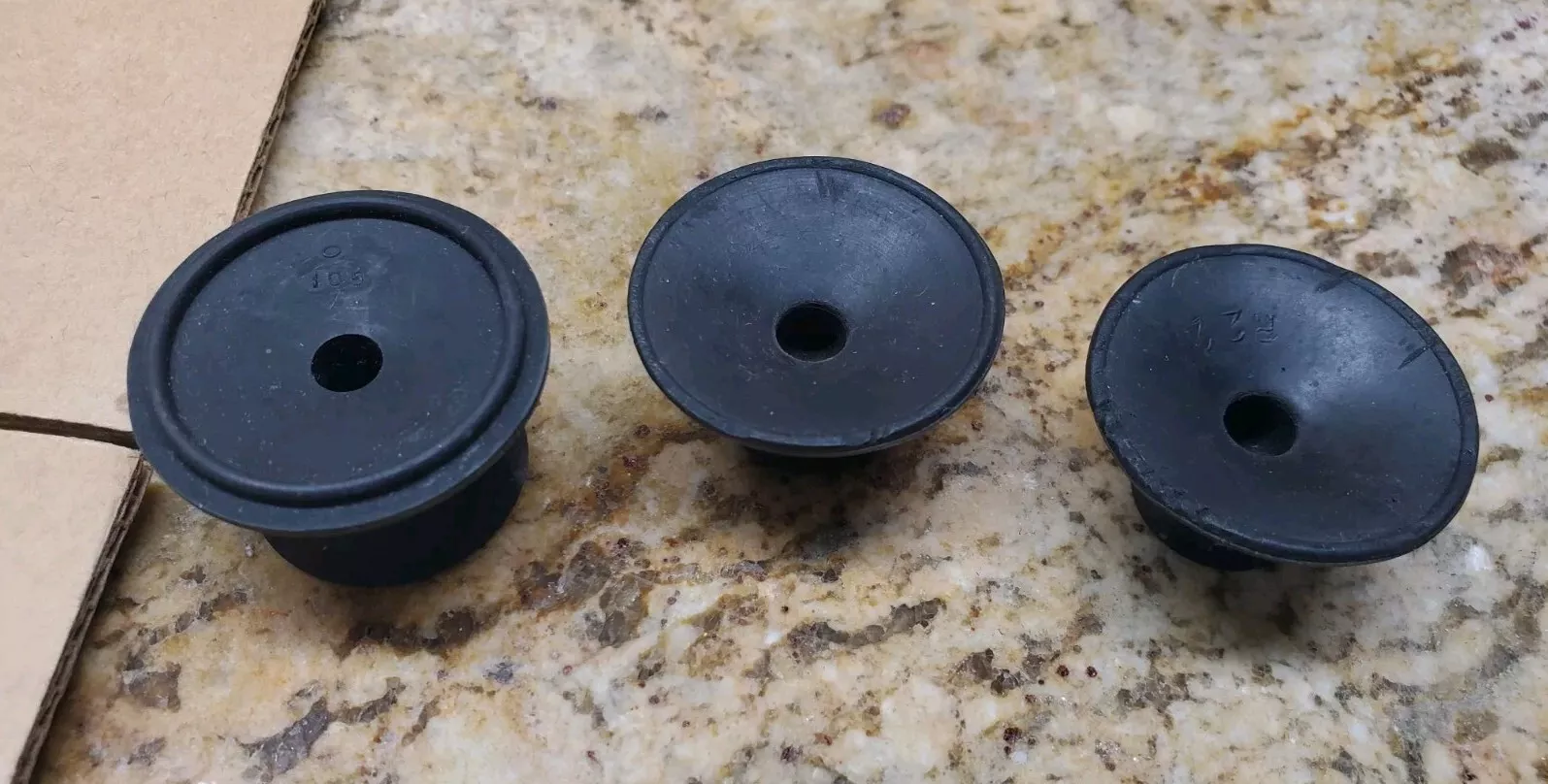Related:
Warps get helped, but for typical LPs, all that I play:
I definitely want to use something at the center spindle to assist rigidity, minimize air pocket bulge below, eliminate potential of any movement, i.e. LP firmly in place to transmit groove info most completely to the stylus, the forces involved are tremendous.
Sturdy designs like former Thorens TD124, Technics SP-15, current JVC TT81, I use somewhat heavy AT Disc Stabilizer, 300 grams

Clamps, and Retainers exist to reduce weight concerns for some designs, Ask your maker
Luxman PD441, 444, 555 all have a special ’load reducing’ motor design, magnetics reduce 80% of the weight on the bearing, so I got my friend rubber retainers used to hold tape reels on spindles the same diameter, you just push them on.

I like the idea of vacuum hold, but not the idea of a running motor, so I wanted to also use weight at the perimeter, I tried Wayne’s Perimeter Ring, unsuccessfully as the ring’s weights hang down too low and touch the wide rim of the JVC TT81
Here it is shown upside down, with the centering jig you need


My Mitsubishi LT-5V Vertical TT has a very ingenious hinged arm with spring assisted center clamp/pull to release

In my garage/shop, to keep an 8 track and fit a dual cassette deck in the stack, I changed to a Sony Front Loading Drawer Type TT, too light of a mechanism for a weight, and no clearance to place anything on/off anyway.

I found an advanced stylus P Mount, and then an adapter to convert P mount to 1/2" standard.








